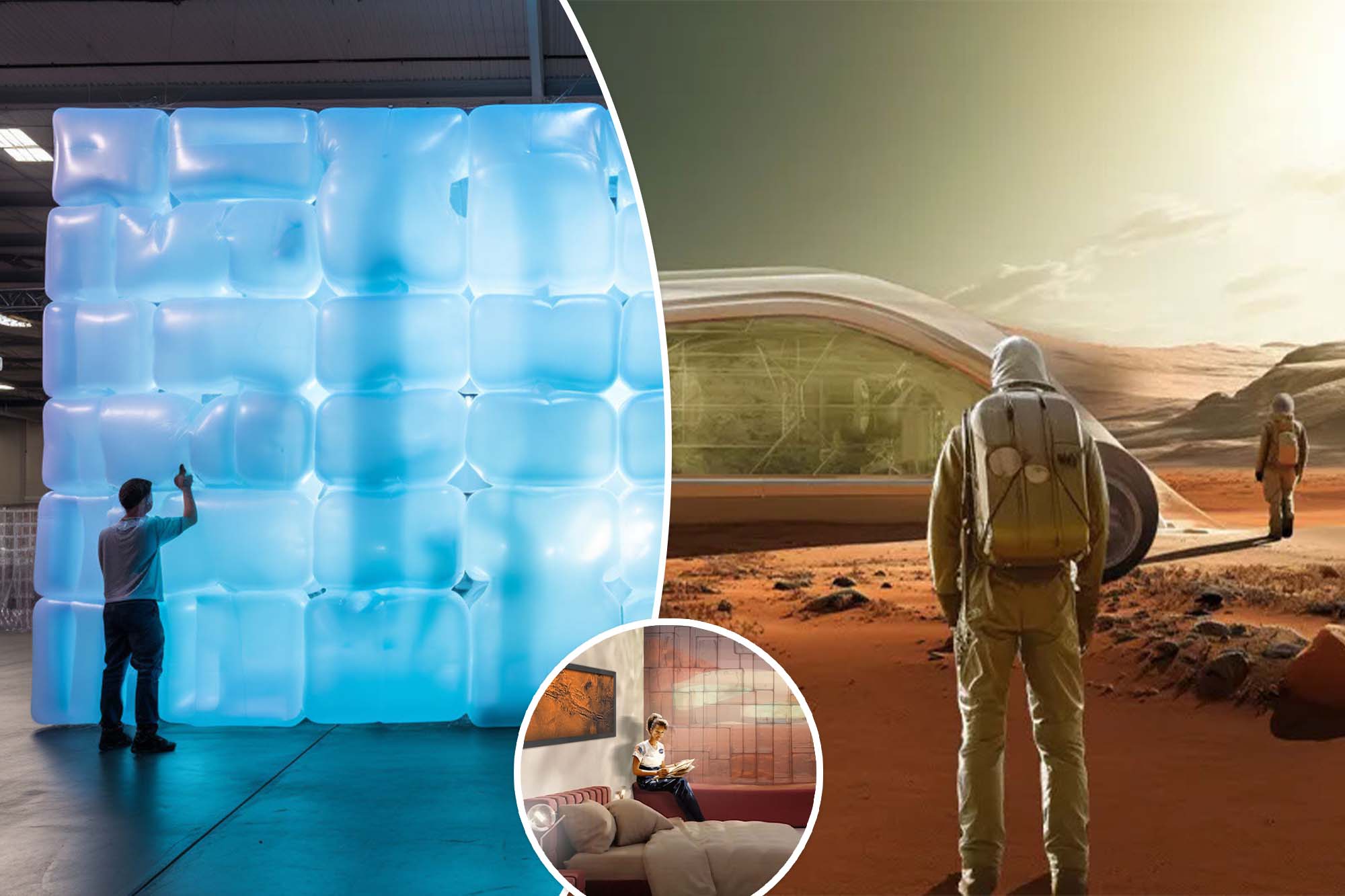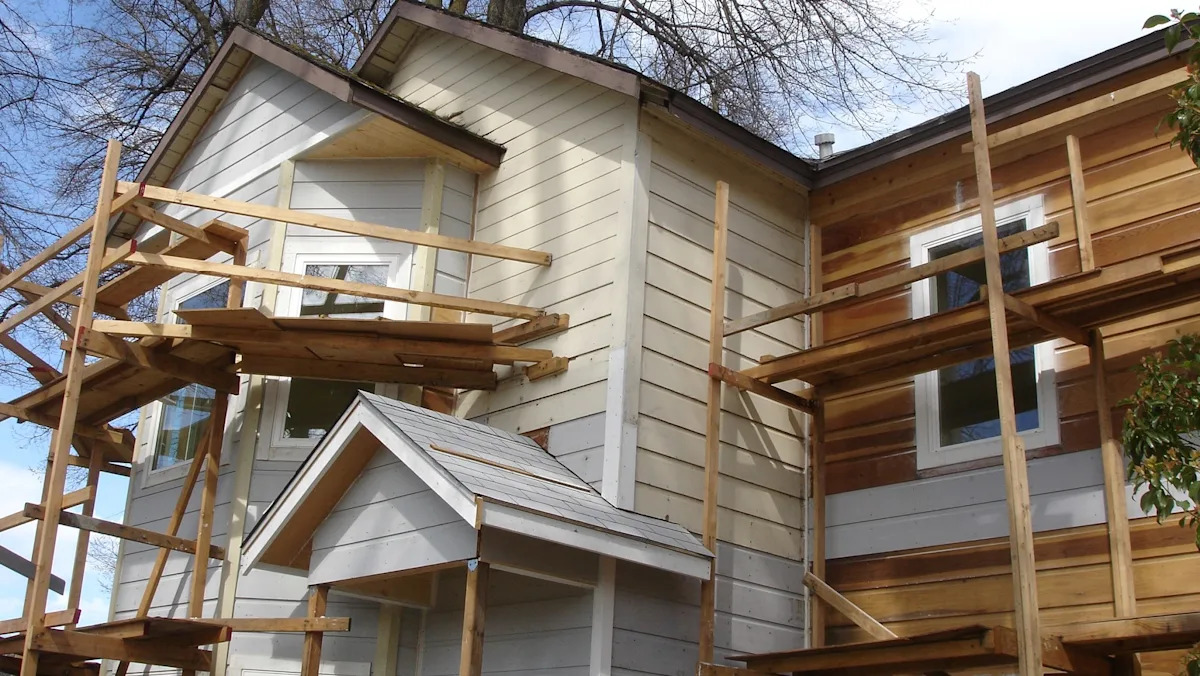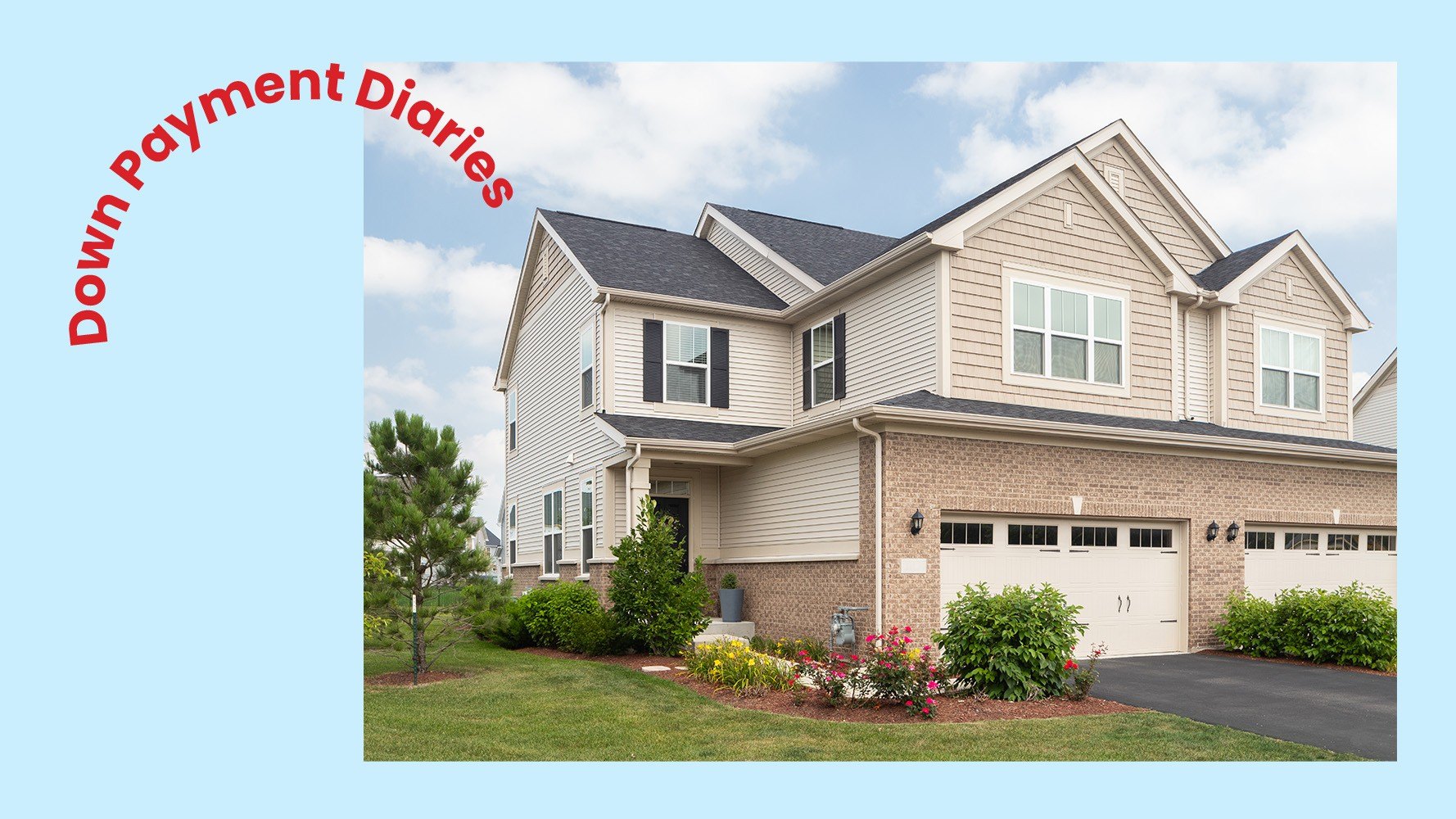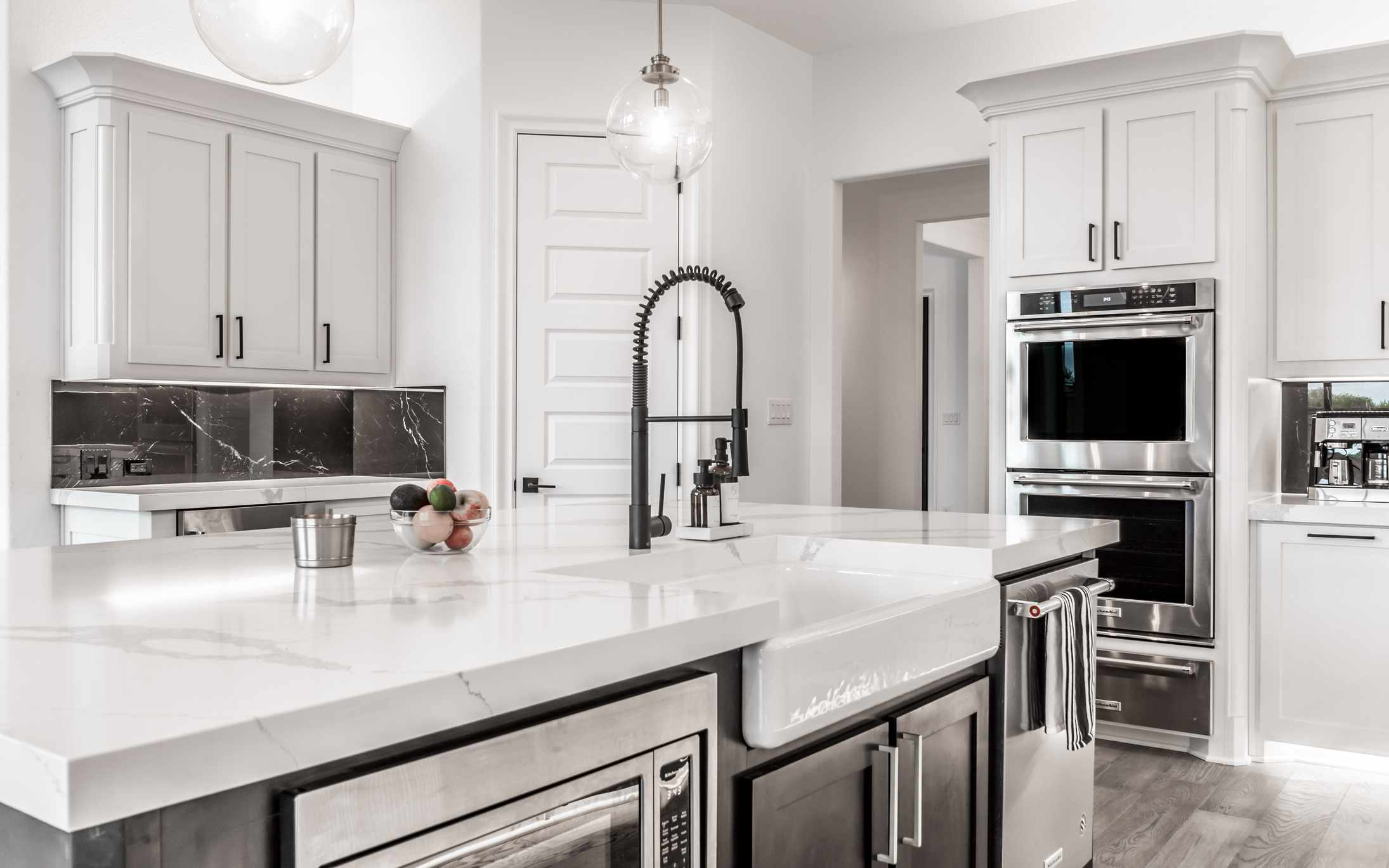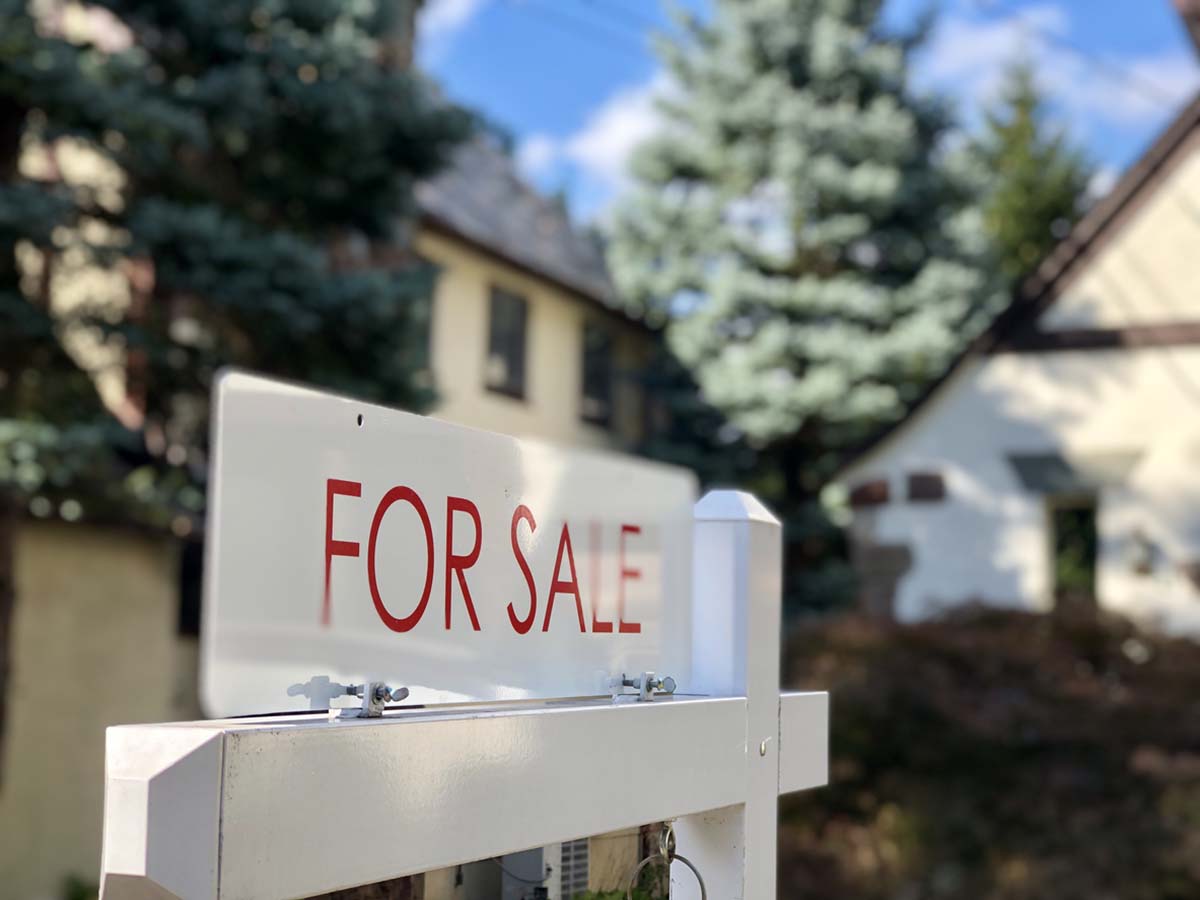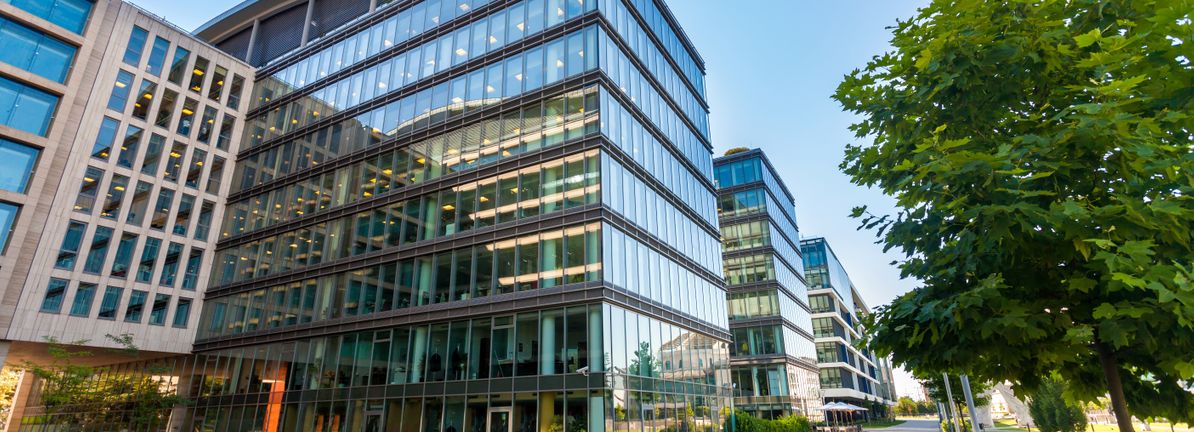N
ASA is exploring an unconventional approach to building habitats on the moon and Mars: using fungi to grow structures in space. Dubbed "mycotecture," this cutting-edge method involves sending fungal spores, algae, and water to space, where they combine to form durable materials that can withstand extreme conditions.
The process begins with a sealed, inflatable mold sent to the moon or Mars, which is then filled with fungal spores, algae, and water. As the mixture grows, it forms structures that are stronger than concrete and offer several benefits, including shielding astronauts from radiation and blocking micrometeorites.
One of the key advantages of mycotecture is its ability to block radiation, a major hurdle for manned missions to space. According to Chris Maurer, founder of Redhouse Studios, which is partnering with NASA on the project, mycotecture can block over 99% of radiation with just 8 centimeters of material, compared to the 10 feet of lunar dust needed to do the same job.
NASA plans to test small-scale models on the moon by 2028 and eventually scale up to larger structures. The goal is not only to reduce costs but also to create habitats that can protect astronauts from the harsh conditions of space. With mycotecture, NASA may have found a key to colonizing other planets, making it possible for humans to live and thrive on the moon and beyond.
Mars is next on the list for these fungus-fueled homes, with scientists working on developing structures that can cultivate on their own through multi-organism cooperation. As Jonathan Dessi-Olive, an assistant professor at the University of North Carolina, notes, "It's almost like science non-fiction." With mycotecture, NASA is pushing the boundaries of what's possible in space exploration and may be one step closer to making human settlements on other planets a reality.
